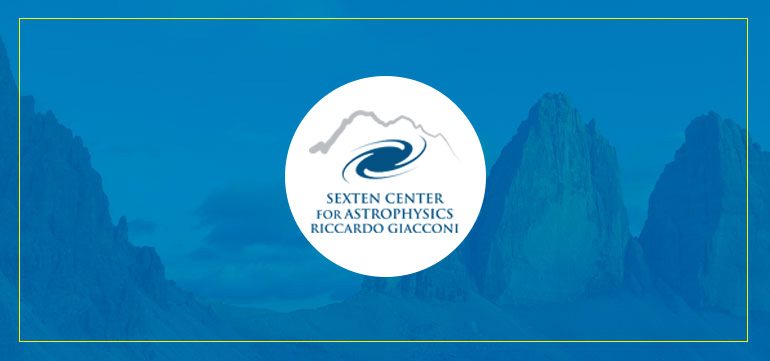Chemical Evolution of Galaxies: the next 25 years
LOCATION: Sport & Kurhotel at Bad Moos - Via Val Fiscalina 27, 39030, Sexten
DETAILS
Recent explosions of stellar data and the 25th anniversaries of the first detailed chemical composition study of the Milky Way bulge, and a landmark paper on extremely metal-poor stars in the Galactic halo (McWilliam & Rich 1994, McWilliam et al. 1995 respectively), warrants a meeting to review the field of chemical evolution and nucleosynthesis and our hopes for the next 25 years.
Such a meeting also provides an excuse to celebrate the 60th year of Andrew McWilliam.
Comparison of the detailed chemical composition of stars across systems with different environmental parameters offers the possibility to observationally test the theory of galactic chemical evolution, constrain the astrophysical sites of nucleosynthesis, and advance the interpretation of integrated-light spectra of extra-galactic systems, and thereby, place the evolution of our Milky Way galaxy in the context of a universe of galaxies.
This meeting will emphasize detailed chemical and kinematic measurements of stars in nearby systems, including the Milky Way bulge, nucleus, thin and thick disks, the halo, globular clusters, and stars in Local Group dwarf galaxies, and nearby massive galaxies, as well as detailed chemical evolution theory.
The SOC encourages presentations regarding recent high-precision differential abundance ratios studies; differences and similarities between diagnostic elemental (e. g. r – and s-process, alpha, metal-dependent) abundance ratios in various systems; the properties of metal-poor stars in the Galactic bulge and other populations; and theoretical perspectives on supernova nucleosynthesis yields and the chemodynamical evolution of the bulge and Milky Way galaxy.
RELATED FILES

FEE
300 Eur
WORKSHOP CODE FOR BUS AND PAYMENT
2020CEGA
ORGANIZERS
Organizers: Francesca Matteucci, Carlo Morossi

